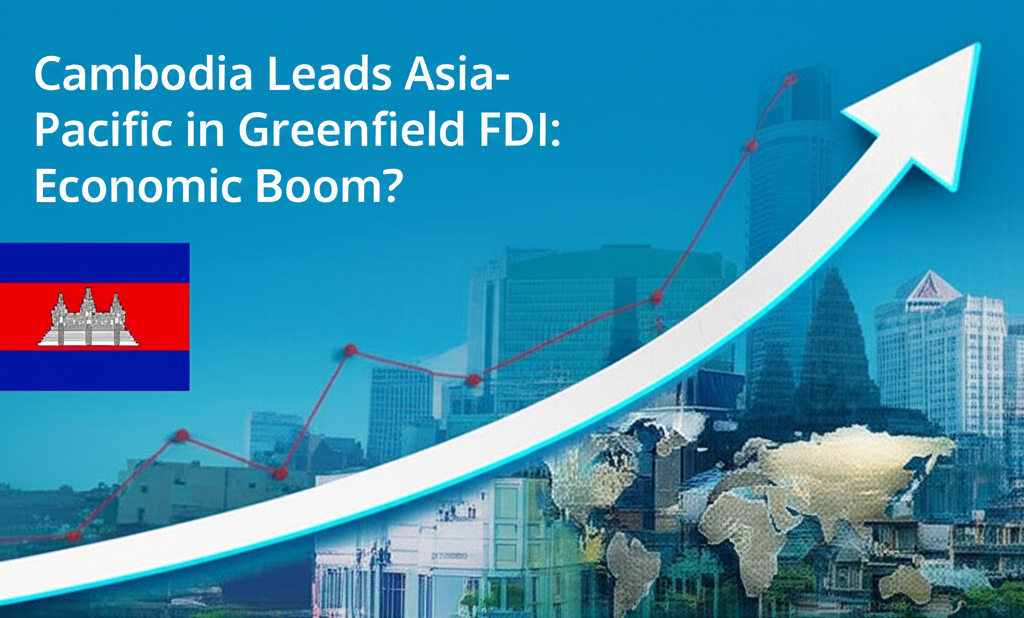Cambodia Leads Asia-Pacific in Greenfield FDI: Economic Boom?

Cambodia has emerged as the leading destination in the Asia-Pacific region for greenfield foreign direct investment (FDI), according to recent data from reputable investment tracking agencies. This surge in greenfield projects signals a significant boost to the nation's economy, creating jobs, fostering innovation, and potentially elevating Cambodia's position on the global economic stage.
Greenfield FDI refers to investments where a company builds new facilities and operations from the ground up in a foreign country.
This is in contrast to mergers and acquisitions (M&A) where a company acquires existing businesses Greenfield investments are generally seen as a stronger indicator of long-term economic commitment and potential for job creation, as they involve establishing entirely new infrastructure and employment opportunities The factors contributing to Cambodia's success in attracting greenfield FDI are multifaceted Firstly, the country's relatively low labor costs compared to other nations in the region make it an attractive destination for manufacturing and export-oriented industries Secondly, the Cambodian government has actively implemented policies aimed at attracting foreign investment, including tax incentives, streamlined regulatory processes, and the establishment of special economic zones (SEZs) These SEZs offer a range of benefits to investors, such as duty-free imports and exports, simplified customs procedures, and access to infrastructure Furthermore, Cambodia's strategic location within Southeast Asia, bordering Thailand, Vietnam, and Laos, provides access to a large and growing regional market The country's participation in regional trade agreements, such as the ASEAN Free Trade Area (AFTA) and the Regional Comprehensive Economic Partnership (RCEP), further enhances its attractiveness as an investment destination However, Cambodia's reliance on garment manufacturing for a significant portion of its exports remains a vulnerability Diversifying the economy and attracting investment in other sectors, such as technology, agriculture, and tourism, is crucial for sustainable long-term growth The government has recognized this need and is actively promoting investment in these sectors through various initiatives Cambodia's success in attracting greenfield FDI is a testament to the country's commitment to economic reforms and its attractiveness as an investment destination," stated Dr.
Sok Siphana, a leading Cambodian economist. However, it is important to ensure that these investments are sustainable and contribute to the long-term development of the country.
Background
The implications of this surge in greenfield FDI are far-reaching. The creation of new jobs will help to reduce poverty and improve living standards for Cambodians.
The introduction of new technologies and business practices will enhance productivity and competitiveness Furthermore, the increased foreign investment will contribute to the development of infrastructure, such as roads, ports, and power plants Despite the positive outlook, challenges remain Corruption, weak governance, and a lack of skilled labor are potential obstacles to sustained growth
